- Learning time
- 20 minutes
- First play time
- 60 minutes
Not Alone
Designed by: Ghislain Masson
In Not Alone one player takes on the role of a predatorial creature coming to get the other players; they’re The Hunted: crash-landed on an unknown planet, their challenge is to survive long enough to be rescued!
Each of the Hunted is given a set of identical cards numbered one to five: each number has a matching location that’s also shown on a card tableau placed centrally. They also get three will markers showing their will to live. Also central is a track, showing the rescue ship at one end and the creature player at the other: these are in a race to reach the centre of the track: should the rescue ship arrive first, the astronauts are rescued and have won. If the creature gets there instead, that player wins and everyone else achieves nothing more than their own grisly demise…
On every turn, all Hunted players play a card to the table, face-down, that denotes the location they are going to on this turn. Having done so (but not yet revealed what they are) the alien player chooses which location he or she is going to by placing a disc on a location – hoping to intercept one or more of the other players. (The creature player gets their own set of cards too, that add either advantages for the creature or extra horribleness for any players who are caught)
Cards are then revealed, and for every player the creature catches, that player loses a will marker and doesn’t get to activate their card. The players who avoided the creature this turn get to activate their cards, which benefit them in a number of ways: getting more (new! better!) cards for new locations, getting played cards back into their hand, or possibly even moving the rescue ship closer!
At the end of every round, no matter how successful the creature was, the rescue ship always moves one space closer to its objective. And as the game ramps up the creature gets to do more and more bad stuff: blocking off certain locations, for instance. And because all played cards are left face-up, the creature also knows what cards you have left to play, making it harder to avoid being caught. If any player loses all of their will markers, the alien moves a step closer to the centre of the track, and the pressure mounts up yet again!
The guru's verdict
-
Take That!
Take That!
The Hunted will be supporting each other - verbally, at least - but the Creature will be trying to catch you.
-
Fidget Factor!
Fidget Factor!
Play happens pretty quickly; all anyone has to do is choose a card and play it.
-
Brain Burn!
Brain Burn!
Low: once you know Not Alone, you're not drowning in choices. The main thing is trying to avoid detection.
-
Again Again!
Again Again!
There's different ways to play: not only as the Hunted but also as The Creature. As The Hunted you can indulge in table-talk and try and bluff/double-bluff/triple-bluff the Creature player that you're going to a certain location, or stay silent and give nothing away. You can hedge your bets or take a chance and try and move the ship, risking being caught... there is always tension!

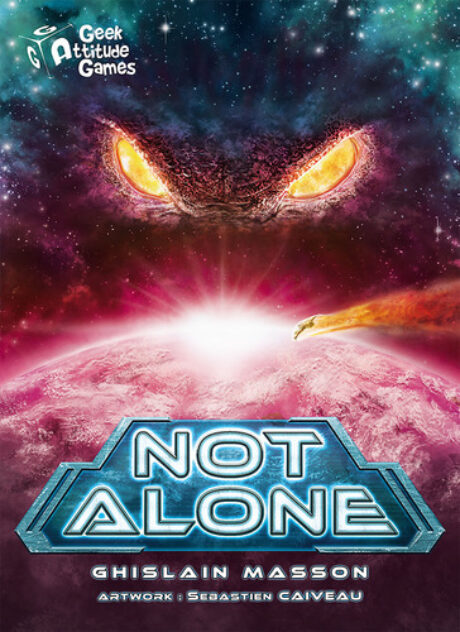


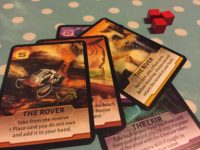
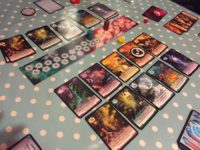


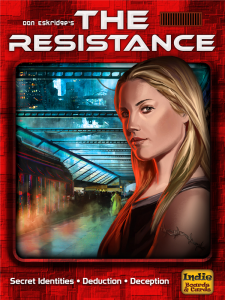
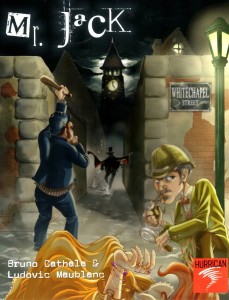
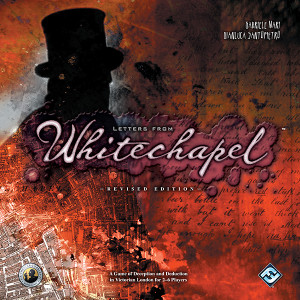
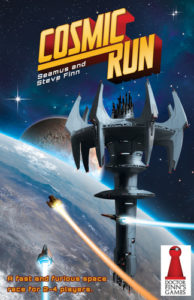
Sam says
If you're even half-immersed in the theme, this is genuinely tense! I like the fact that The Hunted, if they choose to talk, have to do so in front of 'The Creature' (meaning every word is laden with potential bluff/double-bluff) and the fact the game seems to lean toward making victory easier for the Creature too: it makes the story of the game that much more tangible and a victory for the Hunted is never easy. I'm sure any astronauts who've been through a similar experience would agree.